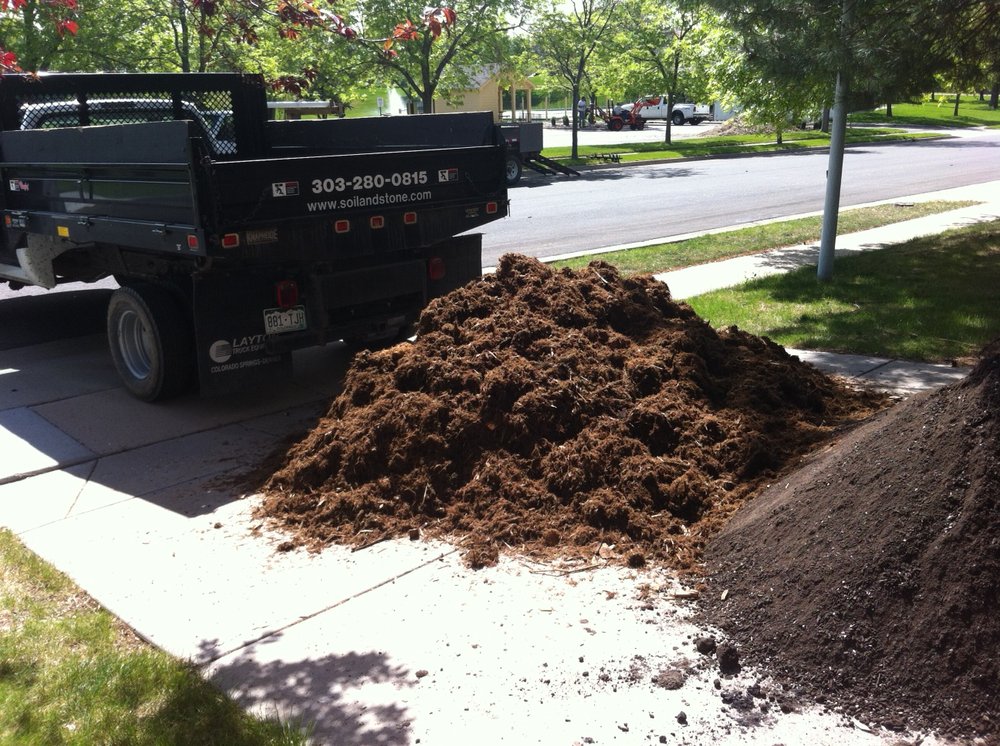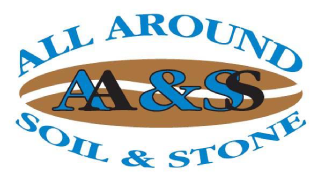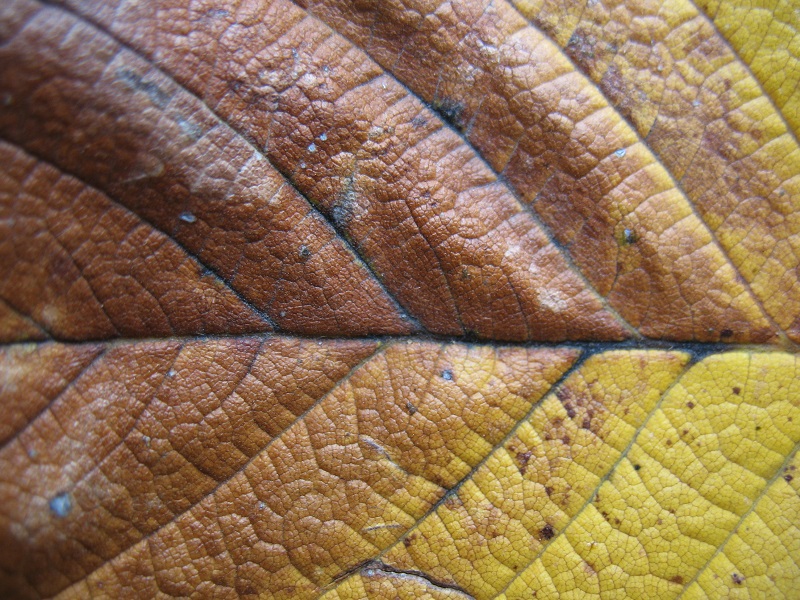Common Signs of Overwatered Plants
Adding excess water to your garden plants is one of the most typical landscape mishaps. When plants don’t look healthy, don’t just assume that they need more water. Below are the most common things you can recognize to determine if you are giving your plants more water than they need.
Overwatered Lawns
Applying too much water to your lawn makes it soggy. So, if you walk on it, it feels spongy. When your grass has these conditions, it is prone to developing fungus and insect infestation. Furthermore, it can get an overgrowth of thatch, and may cause weeds to take over.
Overwatered Plants, Shrubs & Trees
Brown and wilt is a symptom of excess and deficiency of water. Another sign of excess water is when old and young leaves that falls prematurely combined with buds not opening, this is a clear sign of too much water. Another red flag is stunted slow growth with yellowing leaves.
Not only the leaves suffer from excess water. Roots are also affected. More water will make the plant’s cells expand and cause stress until they get to the point of rupturing. As a result of burst cells, you will see blisters or lesions on the plant. Sooner, the lesions will turn dark or white scar tissue. That is called edema, and indentations on the top of leaves are also signs of these problems.
In simple words, excess water drowns your plants and turf-grass.  So, as a general rule of thumb, only water your plants when the soil is dry to the touch. Use one of your fingers and put it into the soil until you get near the plant’s base. If the soil you feel is dry, add water to your plants.
So, as a general rule of thumb, only water your plants when the soil is dry to the touch. Use one of your fingers and put it into the soil until you get near the plant’s base. If the soil you feel is dry, add water to your plants.
Should you need rich soil for your landscape, contact All Around Soil & Stone. We are a trusted landscape supplier in Colorado.

